Climate change poses significant threats to our oceans, with increased erosion and deteriorating water quality being notable consequences, as stated by the Environmental Protection Agency (EPA).
Despite efforts to counteract erosion through soil conservation methods, a recent study, published on January 31, 2024, in the journal Nature, has unveiled a natural solution involving an unexpected ally: sea otters. These marine creatures, through their distinct dietary habits, have proven effective in slowing or halting marsh erosion in California, serving as unsung heroes in waterway conservation.
Sea Otters Slow Marsh Erosion, Study Says
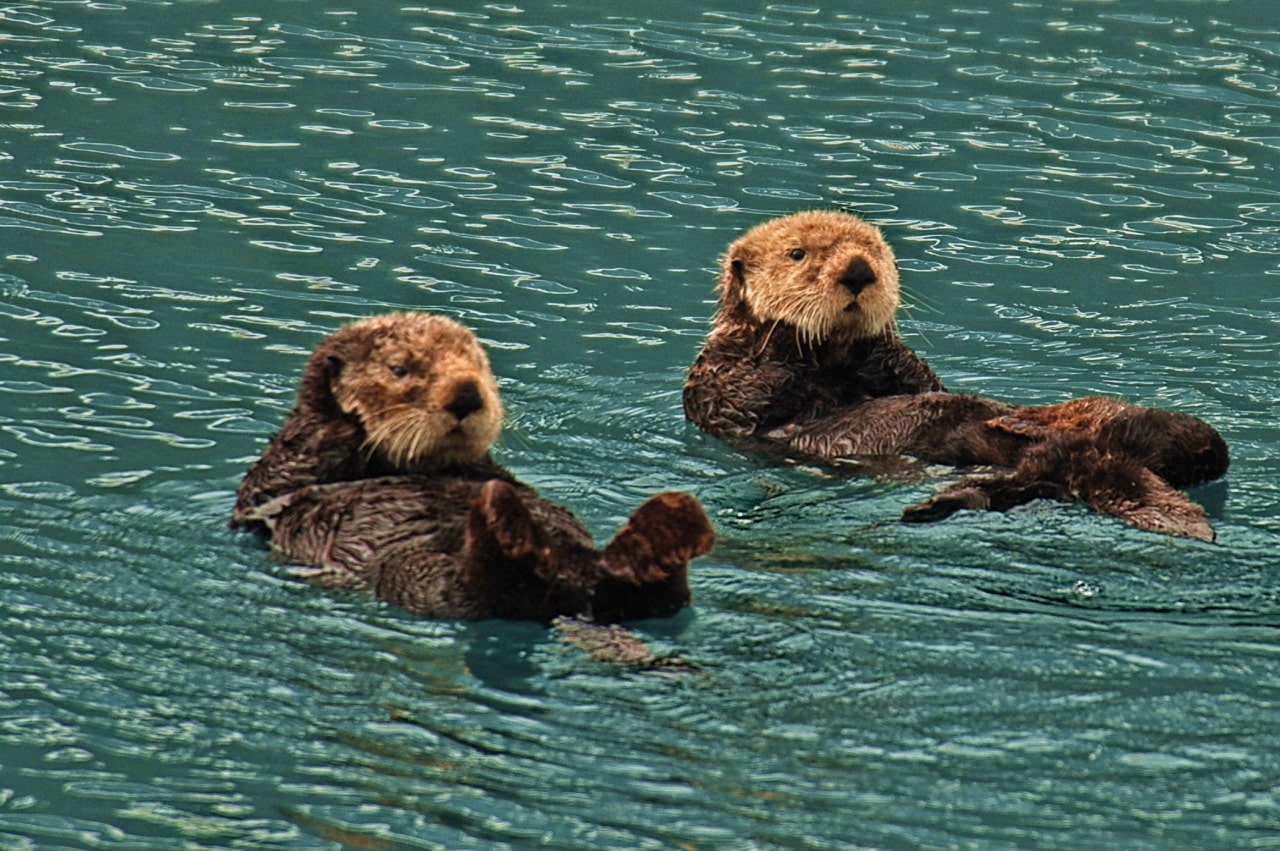
The study, leveraging both observational and experimental data, found that the presence of sea otters in U.S. estuaries has a positive impact on slowing marsh erosion.
Researchers focused on sea otter populations in five distinct marsh areas, including locations near Monterey, California, and Alaska. Historically, sea otter populations faced severe declines due to the fur trade but gradually rebounded following hunting bans and reintroduction programs.
Researchers Analyzed Data Over a 100-Year Period

Analyzing data spanning from the 1930s to the present, the study examined erosion levels before and after sea otter populations began recovering.
To further investigate their role, researchers introduced fencing in specific creek areas to compare erosion levels with and without sea otter interference.
The Key to Sea Otters’ Influence on Erosion is Their Diet
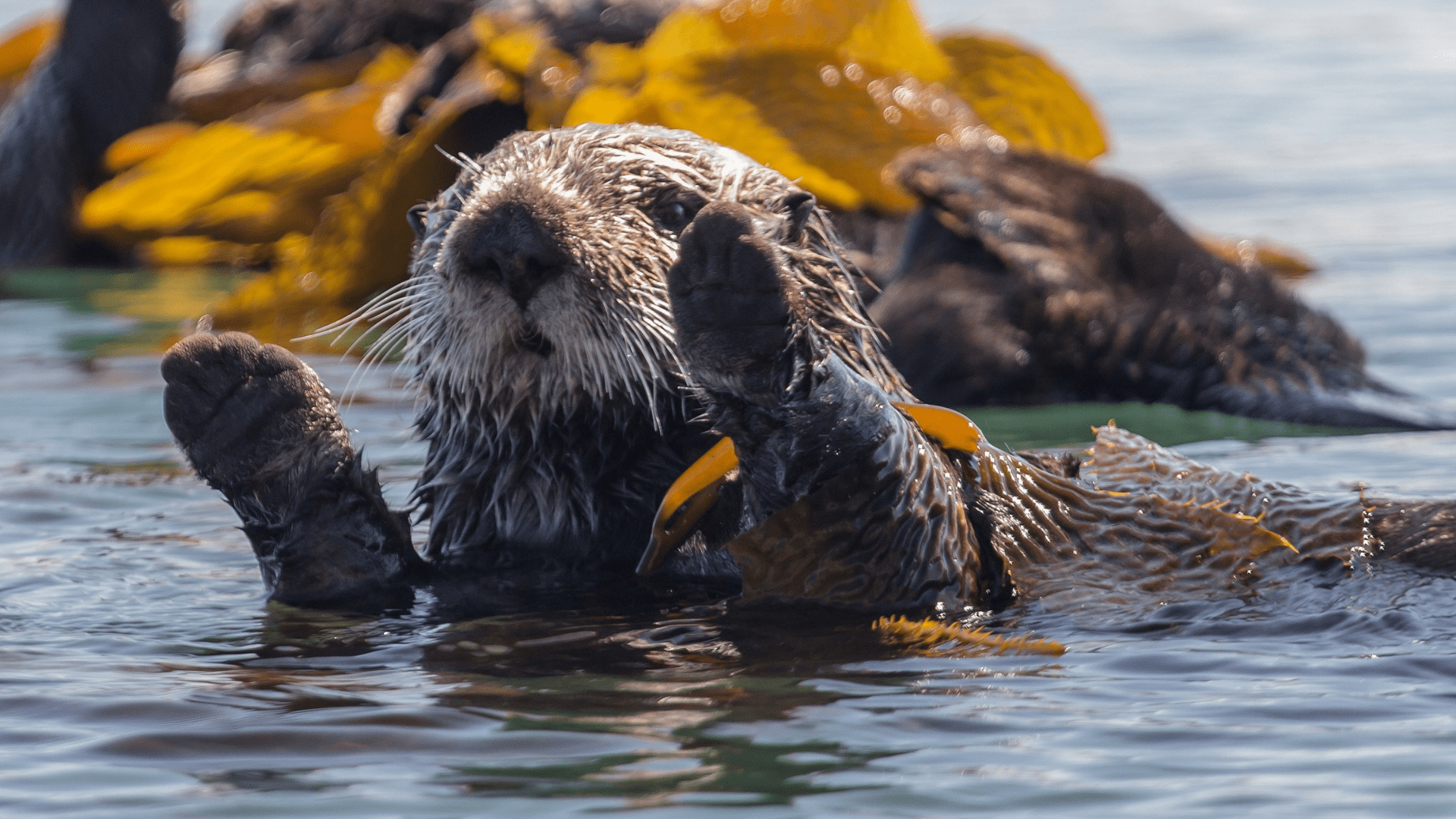
The key to sea otters’ erosion mitigation lies in their diet, particularly their penchant for consuming marine creatures with hard shells, such as striped shore crabs, according to the Alaska Department of Fish and Game.
Striped shore crabs, commonly found in tide pools or marsh burrows, are not invasive species, but their burrowing activity loosens grasses crucial for protecting marshes from erosion, as highlighted by the Morro Bay National Estuary Program.
What is the Striped Shore Crab?

The striped shore crab, scientifically known as Pachygrapsus crassipes, is a small crustacean inhabiting the rocky and hard-mud soft seashores of the northeastern and northwestern Pacific Ocean. Found from central Oregon to Baja California, Mexico, and even in Korea and Japan, it sustains itself on land for about 70 hours, hiding in rocks during the day.
A versatile predator, its diet comprises various marine organisms. Despite aggressive competition for food, it lacks a standard defense territory. The striped shore crab exhibits diverse hunting strategies, with night hunting on rocky shores and herbivory in intertidal pools. Intraspecies conflicts and a social hierarchy emerge within its habitat.
Striped Shore Crabs Can Damage Shorelines
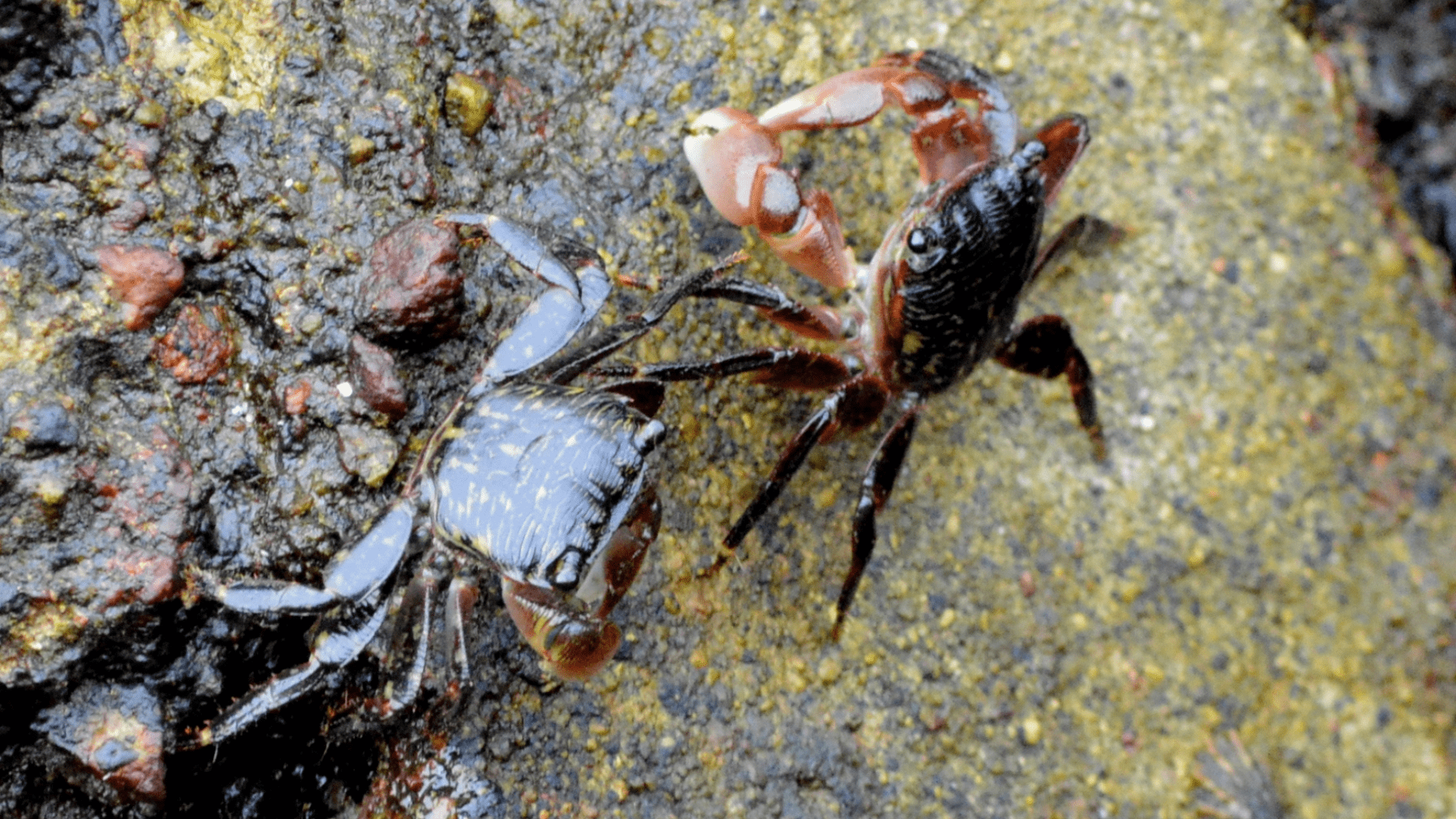
Brent Hughes, co-author of the study and a marine ecologist at Sonoma State University, explained to the Associated Press the damage inflicted by striped shore crabs on places like Monterey and how sea otters contribute positively.
He emphasized that crabs can turn banks “into Swiss cheese,” but sea otters play a crucial role in slowing down erosion to natural levels, if not completely reversing it.
Beavers Support Fish Species With Their Dams
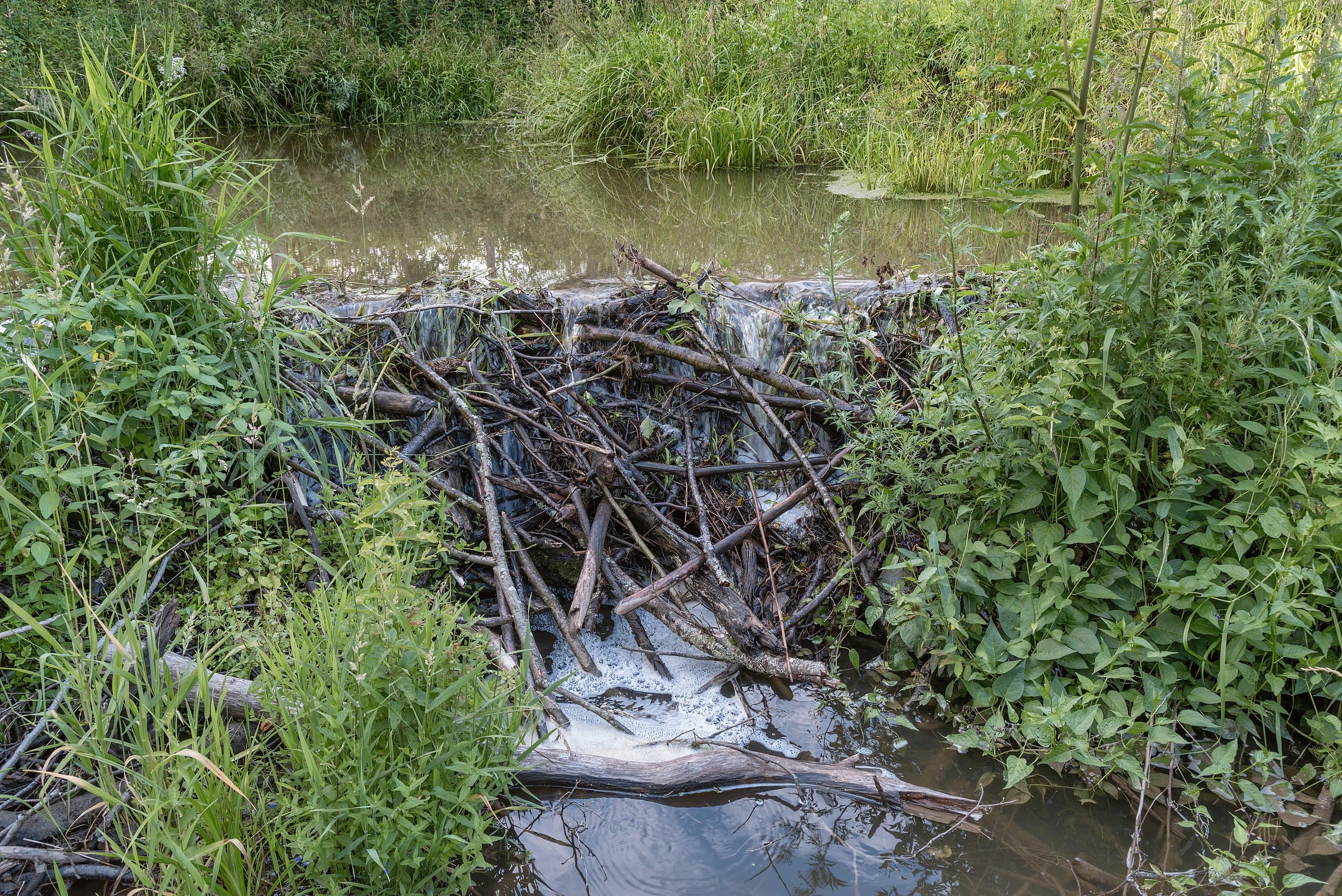
Sea otters are not the only species that supports the ecosystem. Beaver dams play a vital role in benefiting numerous species, particularly cold-water-loving trout and salmon.
By storing cool water in summer, beaver ponds create essential habitats for crucial native fish species such as endangered steelhead and spring Chinook. This becomes increasingly critical in light of the Pacific Northwest’s predicted prolonged periods of low flow and record high summer temperatures.
How Beaver Dams Improve Vegetation and Cool Water
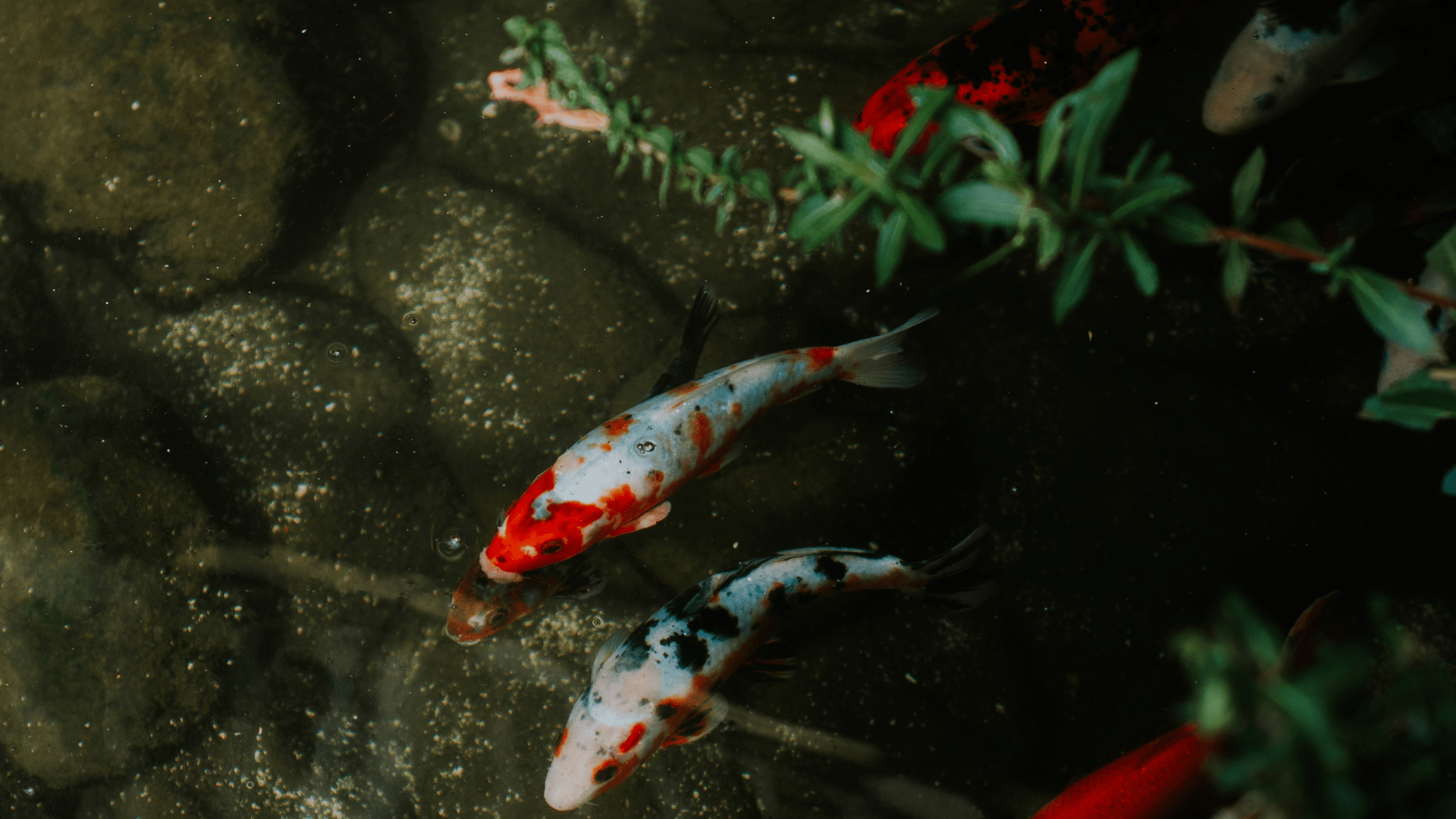
Moreover, these ponds store groundwater, nourishing riverside vegetation that shades rivers and streams, contributing to the cooling of water for native fish.
The stored groundwater often returns to surface flow downstream, providing crucial cool water for excessively warm summer streams.
Beavers Serve as Wildfire Defense
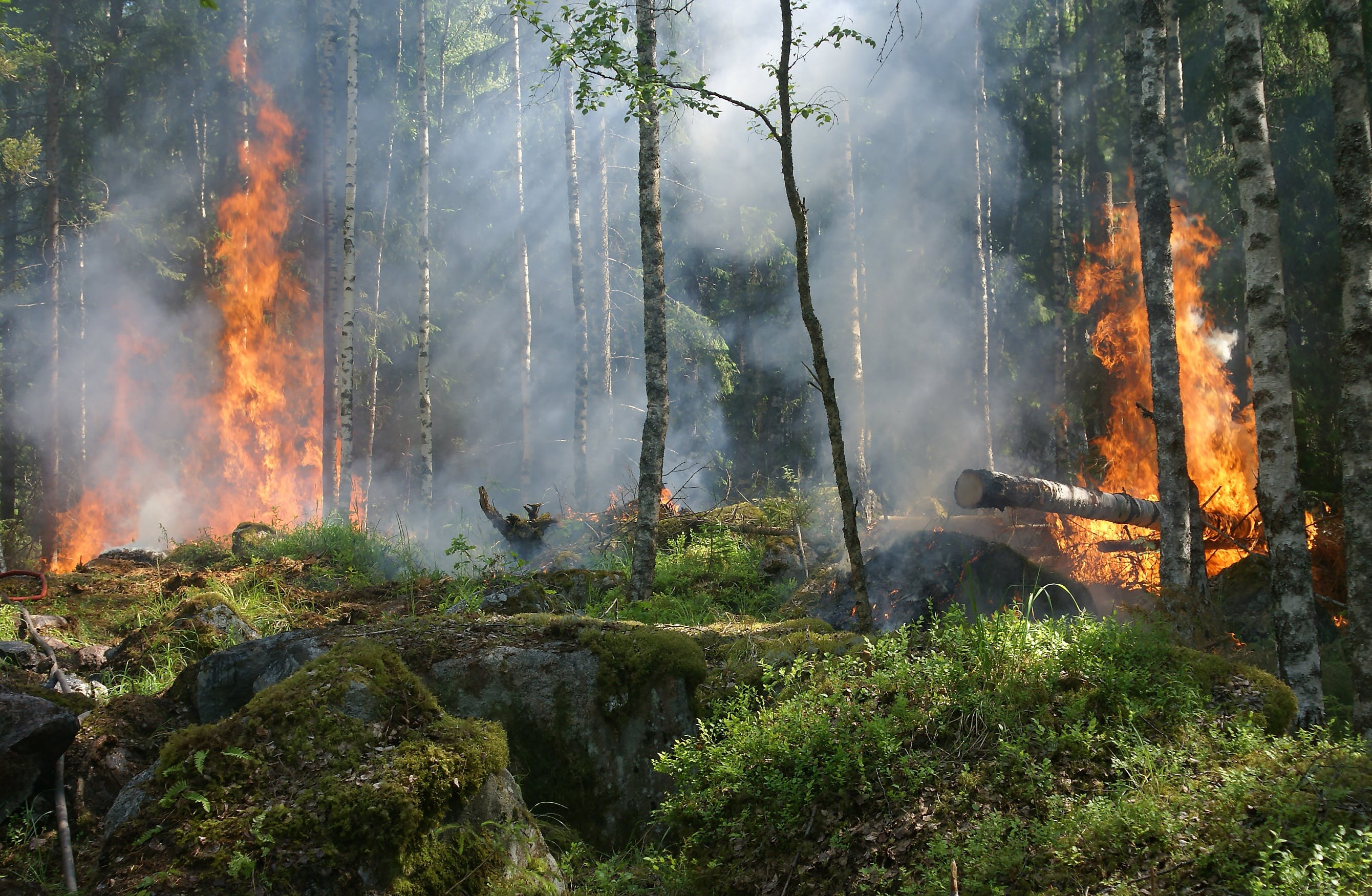
Recent research indicates that beavers serve as a substantial defense against wildfires, as the vegetation fostered by beaver ponds acts as a natural firebreak, impeding the advance of wildfires across the terrain.
Given the alarming surge in wildfire incidents in 2021 compared to 2020, beavers emerge as a crucial component in protecting communities and properties from fire-related damages and destruction in the face of escalating wildfire rates in the region.
How Bats Benefit the Environment
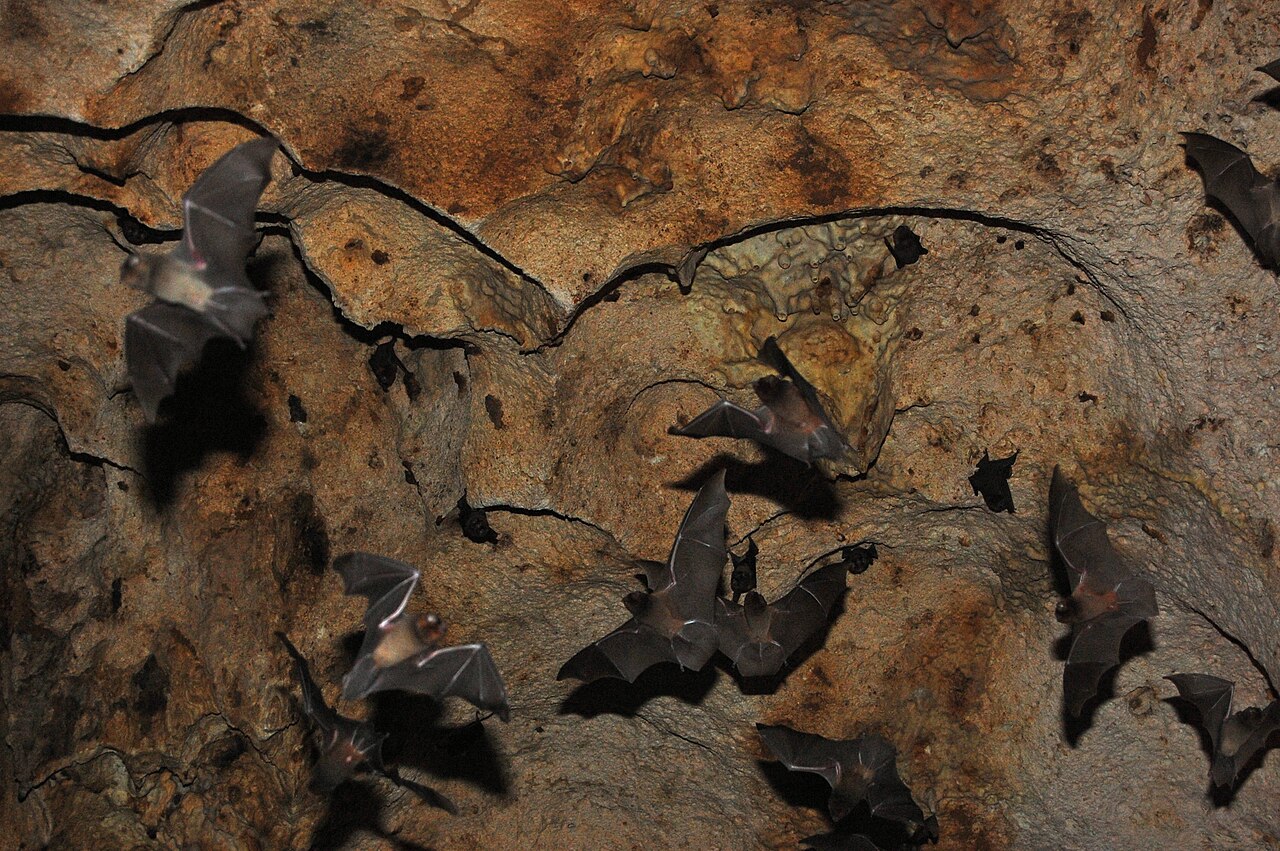
Like sea otters and beavers, bats also play a multifaceted and crucial role in benefiting the environment through various ecological contributions.
First and foremost, they are effective agents in pest control, actively suppressing pest insect populations by voraciously consuming them. Additionally, bats engage in pollination activities, facilitating the reproduction of numerous plant species. Their role extends further into seed dispersal, as they aid in spreading seeds across different ecosystems.
How Bats Save the US Corn Industry Over $1 Billion Annually
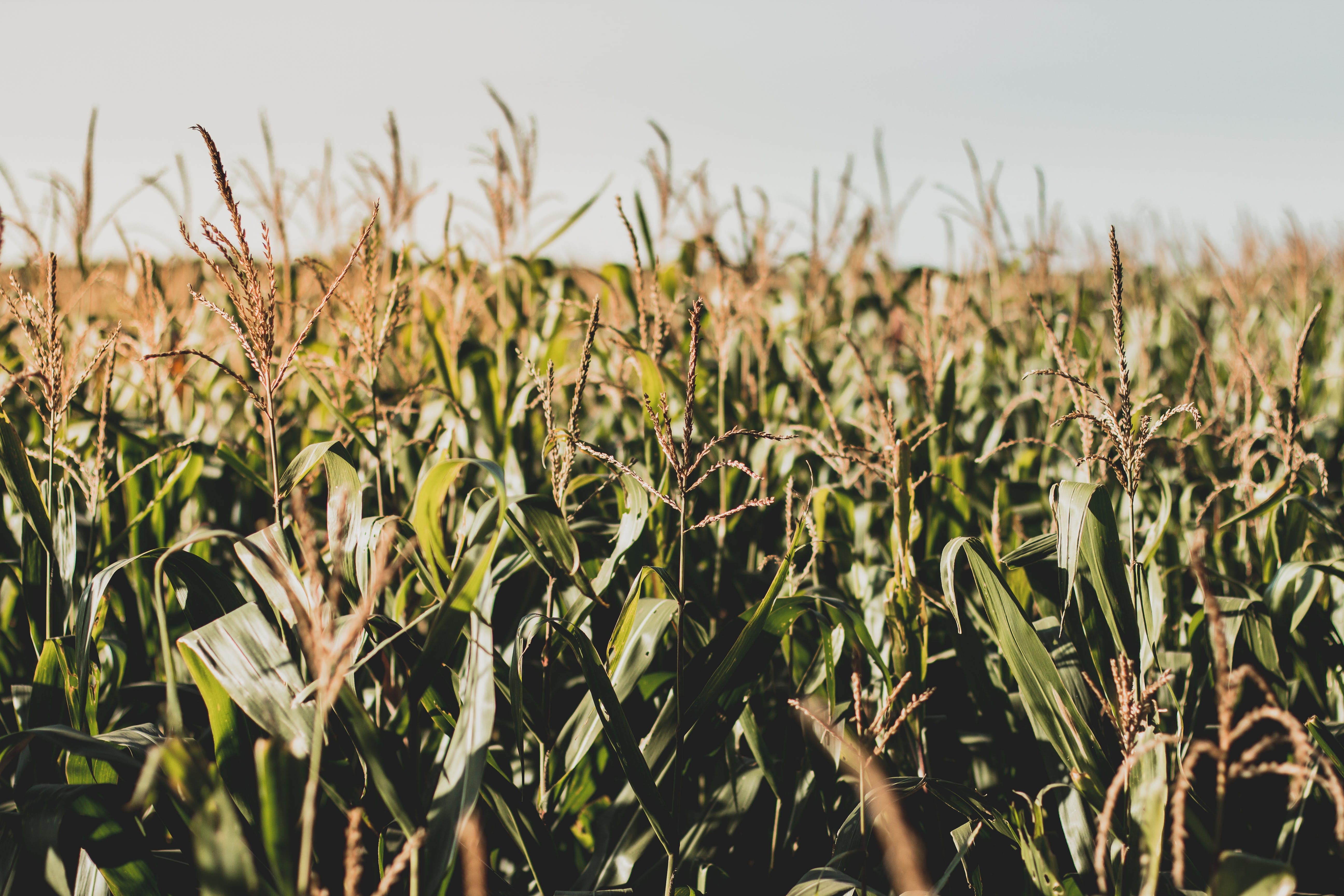
By actively controlling pests through their insect consumption, bats contribute significantly to maintaining ecological balance.
Their environmental impact is so profound that, in the United States corn industry alone, bats are estimated to save more than $1 billion annually by reducing crop damage and mitigating the need for pesticides. Thus, bats emerge as indispensable guardians of the environment, playing a pivotal role in sustaining ecological harmony and economic stability.
Humans Have a Responsibility to Protect These Remarkable Species

It is imperative for humans to continue protecting these remarkable and environmentally beneficial species for the greater good.
In acknowledging the collaborative efforts of sea otters and other creatures, we gain insights into innovative approaches for preserving our natural ecosystems.
